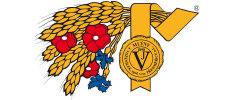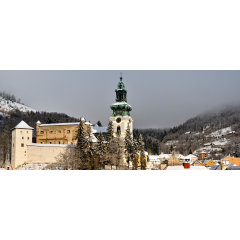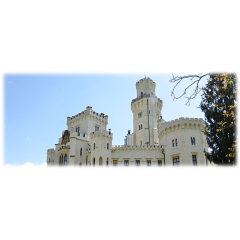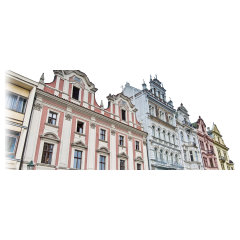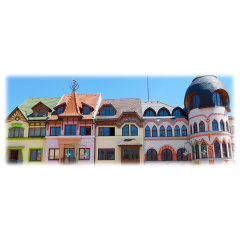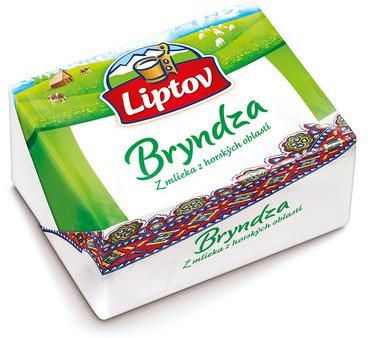Abov

About Region
The region of Košice -Abov and its environs is situated in the east of Slovakia. Abov was originally a county in Austria-Hungary located in the territory of both today’s Slovakia and Hungary. At present, we use this name to refer to the Slovak part of the aforementioned county. The administrative, social and cultural centre of the region is Košice, the second largest city in Slovakia. Its development was connected with its strategic trade location. The golden age of Košice came in the 14th and 15th century, when several beautiful buildings were built. Although several smaller towns can be found in Abov, the region is more characteristic for smaller distinctive villages. The original inhabitants of this region were farmers and also exceptional vine-growers. The region also developed in terms of mining and metallurgy. The U.S Steel Košice Company became the dominant business. Visitors of Abov should not forget to visit the Jasovský Kláštor manor house, which was during its flourishing days the centre of scholarship of the eastern Slovakia.
Tours in the Volovské Vrchy mountains and Slanské Vrchy mountains are also very interesting, as several castle complexes used to stand there in the past. Several recreational centers have been established in this area, such as Kavečany, Jahodná, Kojšovská Hoľa…
In the Slánske Vrchy mountains one can also find one of world’s most interesting volcanic phenomena - Herliansky Gejzír( geyser).
History
The county arose in the second half of the 13th century. Named after "new castle" – the castle itself stood in the center of the present-day village Abaújvár. During the Mongol invasion of Hungary a large part of the county was destroyed, but the castle of Abaújvár wasn't occupied by the invaders. After the invasion King Béla IV repopulated the area with German settlers. The administrative, social and cultural centre of the region is Košice. The first written record of the city dates back to 1230. The oldest Hungarian guild regulations dating back to 1307 and the fact that in 1369 Košice became the first city ever to be granted its own coat of arms are testimonies to the rapid growth of the city, due to its strategic location and Royal privileges. Since the early 15th century, Košice presided over the Pentapolitana association and maintained its position as the second city of the Kingdom after Buda (today’s Budapest) from 1347 until the early 18th century. The founding of a university in Košice in 1657 was a natural reaction to its economic, administrative and political status. In the 16th-17th century many important historical events took place at least partly in Abaúj county, including the battles between the Hungarians and the Ottomans. In 1918 the northern half of the Abaúj-Torna county became part of newly formed Czechoslovakia.
City to know about
Košice – a unique Central European metropolis and European Capital of Culture 2013! Košice is home to the oldest marathon in Europe (since 1924), it boasts the largest heritage reservation in Slovakia, as well as the largest and most important gold treasure in Europe, but most importantly, it is a city where life is lived and enjoyed. Košice is more than a main street full of fantastic monuments and attractions, which include the most eastern gothic cathedral in Europe and the largest in Slovakia, Dóm svätej Alžbety (St. Elisabeth Cathedral). the main altar of St Elisabeth built in the years 1474-1477 contains the biggest European set of 48 Gothic table paintings. It also houses a rare gothic double spiral staircase – one of just five of its kind in Europe. The area between the Cathedral and the theatre is a very lively place above all in summer. Its main attraction is the singing fountain. The special atmosphere is enhanced by the little streets, alleyways and courtyards of the historical buildings in the centre, which conceal many exciting treasures. In terms of size, Košice Zoo in the Kavečany district is the largest in Central Europe, with its pride and joy being the breeding of Hucul horses.
Nature
This fertile and densely populated basin is surrounded by mountain ranges, which offer excellent possibilities of hiking and recreation. Its core is the L-shaped Košická kotlina basin. The south-western part of the region is characterised by a special karstic landscape with plateaux of the Slovenský kras. The Jasovská jaskyňa cave is situated on the eastern edge of the Slovenský kras karst. Thanks to its significance and unique ornamentation, it was included into the UNESCO World Heritage List. The cave is extra rich in forms and colours of its dripstone ornamentation. Many species of bats inhabit this cave.The crop in this area is mainly composed of deciduous forests with abundance of oak, beech, hornbeam and birch.























